Many new owners are a bit nervous about towing their Airstream for the first time. I know I was. A regular "re-parker" even in my own car, the thought of towing something that weighs thousands of pounds and has a soft skin gave me the jitters.
Luckily, I had a great teacher to help allay my fears and teach me the skills I needed to be smart and stay safe. If you're just starting to tow, or thinking about learning to tow, I hope some of these confidence builders will be helpful to you.
NOTE: This blog focuses on towing and towing skills and assumes you have properly hitched your vehicle to the Airstream. Proper hitching includes setting the trailer hitch and the brake controller optimally.
Get comfortable with your cockpit
In the beginning, I mistakenly thought towing meant just hitching up the Airstream and driving. Not exactly. There are three things Airstreamers should equip their tow vehicle "cockpit" with. The better you understand them, the more comfortable you'll feel in the driver's seat.
Brake controller. This little box activates the trailer brakes automatically whenever you use the brakes in your tow vehicle. If it's not built into your tow vehicle you'll need to have one installed when you get your vehicle prepped for towing. The brake controller can literally save your life. If the trailer sways out of control you can hand-activate the brake controller to halt the trailer. Whether you purchase and installing one yourself, or a dealership does it for you, be sure you learn what the numbers, beeps, and lighted displays mean on the brand you choose.
Tire pressure monitoring system (TPMS). This system monitors the temperature and tire pressure in the tires of the Airstream. If you lose pressure, an alarm goes off so you can pull over and check things out. Airstream Classic trailers have begun to ship with TPMS installed but most Airstreamers have to buy their own. We use the TST TPMS because it's highly reliable and the display is easy to read. After firing up the TPMS, I make sure each tire's pressure is in acceptable range before I pull out. This is how I know the tires are good to go.
Back up camera. Whether you use the one that came with your Airstream or decide to install a different brand, a back up camera is essential for safe towing. I feel so much better being able to see what's happening behind the trailer and what's coming up behind me before I change lanes or exit.
For novices at towing it's a bit overwhelming to watch the road ahead, the back up camera, side mirrors, speed, and the TPMS display—all while driving! But with a little practice, you'll quickly get used to it.
Know how to check the tire pressure
Before you pull out of the driveway, you've got to check two things: first, make sure the tires on your tow vehicle are inflated to the pressure recommended for heavy loads (check the owner’s manual of your vehicle or the sticker located inside the driver’s door jamb). And second, check your TPMS display to make sure the pressure on each tire is within range. The "right" pressure varies by tire type and brand, so check the sidewall of yours for the manufacturer's recommendation. We travel at 80 psi.
It's also smart to inspect your tires each time you stop during your trip. Here's a quick video of Rich explaining the 1-minute roadside inspection, which we do each time we stop for gas or lunch.
Start close to home and build your skills
I first towed our Airstream through the neighborhood, then on low-traffic city streets, then busier city streets, then the freeway. In doing so, I got a feel for how close I could be to parked cars, curbs, and garbage cans.
When towing on busier streets you can practice driving in traffic, staying a safe distance behind vehicles in front of you (one car length for each 10 MPH you are traveling is a good rule of thumb), figuring out how to slow down and stop at traffic lights, and determining how to turn right without taking the trailer over the curb.
Tip: When towing, drive farther into the intersection than you would in a car, before you take the turn. The trailer will always track a little closer to the inside of the turn so you want to be sure you are about halfway into the intersection before you turn the wheel. The longer your trailer, the further you need to go forward before starting to turn. Watch the trailer track behind the tow vehicle from the passenger side mirror to get an idea of how your trailer follows.
One of the skills that took me a while to learn was centering the Airstream in the lane without drifting left. I felt I had to be really far from the curb to avoid it (and parked cars). Rich kept telling me that a typical lane is 12 feet wide and the Airstream is either 8 or 8 1/2 feet wide, which leaves lots of room if you are centered.
While I understood that in my head, it wasn't until he gave me this tip that I actually was able to stay centered: think about your right leg when you are driving. Keep that centered in the lane and you are good. I also look in the passenger mirror and make sure the Zip-Dee awning arm is lined up over the painted white line on the right of the lane. That tells me I'm just the right distance away from the curb or shoulder.
Find the visual cues and tricks that work for you and practice them.
Don't feel pressured to go fast
A good rule when you are new is simply to "go slower." You are driving a giant silver object and people will go around you.
For example, if the speed limit is 75 on the freeway, it's ok to go 65-70. And by the way, those yellow signs posted on curves and freeway off ramps, the ones that indicate a slower speed limit? Those are for you. That's some of the best advice Rich gave me. You might ignore those speed limits in your car (be honest) but you cannot do that when you are towing 6,000-10,000 pounds. Going slower also gives you much better gas mileage.
Will you have jerks sometimes zoom past and give you dirty looks or honk? Will you have a tailgater once in a while? Probably. But their road rage is their problem. Just keep your cool, stay confident, and (as Rich reminds me) remember that you are bigger than they are.
Don't be afraid to punch it when getting on the freeway
When you're merging onto an interstate it's important you get up to the speed limit (or nearly) by the time you're at the end of the ramp. Don't be namby pamby, punch it! Your tow vehicle can take it. It makes merging easier and will slot you into the flow of traffic more easily.
Know your route and check the weather
Before you leave, look at your route for construction zones, steep grades, and elevation changes. Also check a weather app to find out if rain or storms are going to be an issue. If you see severe thunderstorms in the forecast for the day, consider staying put if you can. Not only do storms make it challenging for inexperienced drivers, they can create hail, which is one of the worst things for an Airstream.
I found that avoiding construction zones, bad weather, and traffic congestion when I was in the learning phase gave me time to practice basic towing skills without potentially scary variables. Before I knew it, I was driving through construction zones, navigating concrete barriers (which terrified me at first) and driving in the rain with aplomb.
Know how to handle “road shrapnel” before you actually have to
Rich wrote a blog about this after I hit some tire debris and dinged our stone guards. :-(
"Road shrapnel" is what I call the bits and pieces of tire left behind by (mostly) semi trucks that blow a tire. Not only are these hazards to get around, if you do have to drive over one, it can get airborne and hit the soft aluminum of your Airstream, causing dents and other damage. How do I know this? Read aforementioned blog.
In my case, I saw the tire debris but there a vehicle was passing on my left so I couldn't quickly move over to avoid it. And I had to drive over the scrap field. The correct way to navigate small debris in the road is to straddle it with your tires so the debris passes underneath the Airstream. This keeps the objects from getting kicked up by the tires and hitting the trailer (or someone behind you).
I am still working on getting this one right.
Get a good night's sleep
Driving when tired isn't good even when you are driving a car. When you're towing thousands of pounds it's even more important. You will feel better, tow better, and be safer.
Limit your towing time to 4 hours
It's surprising how much towing will tire you out when you're new at it. You're thinking about so many pieces of information–cars in front, cars in back, data from your cockpit instruments. It's exhausting so don't overdo it. I usually drive for not more than 3 hours, but certainly don't tow more than 4 if you're still learning.
Assess a gas station, busy parking lot, or other tight space before driving in
Rich is big on this one and seriously, he does it every time we stop. Literally, he talks it through every time we pull in somewhere, especially when it's tight.
At a gas station, always pick your pump or parking spot based on your ability to get in as well as out. Be on the lookout for car parking spaces and their proximity to the pumps. When you stop at the pump make sure you've figured out your exit strategy. If you stick with truck-friendly gas stations like Flying J, Pilot, or Love's you'll have an easier time.
Also, when pulling up to a gas pump, look at the side of the trailer in your side mirror. Remember that it's wider than your tow vehicle and be sure to accommodate for that.
In a large parking lot, pull out to the far edges of the lot and park the rig across multiple spots. Make sure to pull your vehicle just over the line in the space in front of you so no one parks there and foils your ability to get out.
Arrive to your destination before dusk
Pulling into the campground in the dark makes maneuvering the Airstream into your campsite difficult, backing into a site really difficult, and connecting to power, sewer, and water a pain. Plan ahead to avoid it.
Always have someone help you back up
If you’ve never backed up a trailer before, you've got some practicing to do, with the help of an experienced RV’er. You'll need to have him or her spot you as you practice backing up–which I'm just learning how to do. For your first few trips, choose campgrounds that offer “pull-through” sites.
I haven't had to back into a campsite yet, but I am working up to it, and I will get there.
My advice for travel partners who want to help with towing is to first remember that everyone was a beginner at some point so your first step is simply making the effort to learn. Know how to use your cockpit tools, practice your skills, go slow, and listen to your towing partner so you can benefit from his or her experience. Practice makes progress. Eventually you'll feel confident even about tough situations like rain, tricky constructions zones, and steep downhill grades.


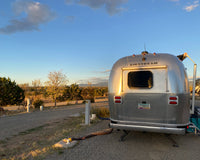
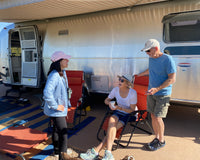
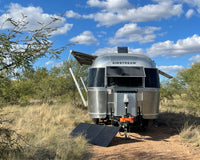
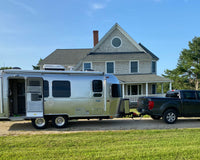
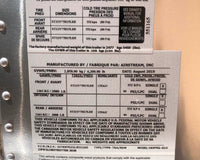
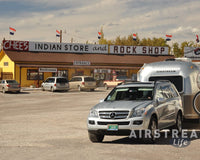

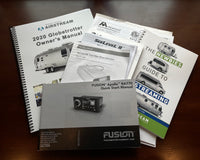
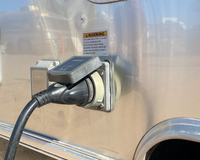
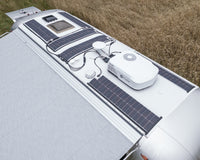
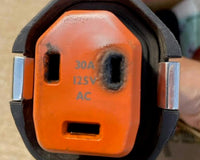



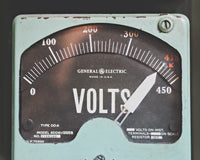

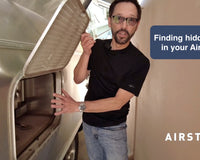
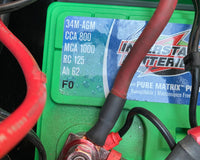
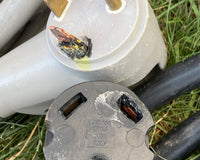
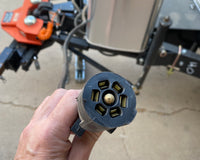
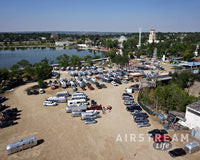
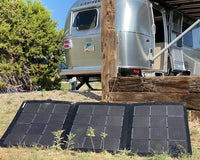
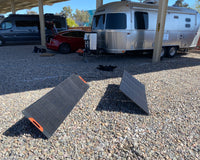
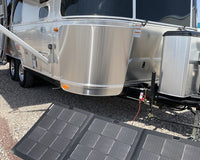

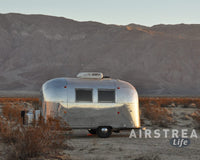
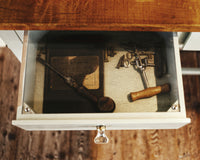
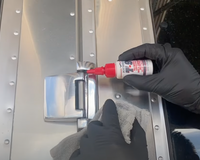
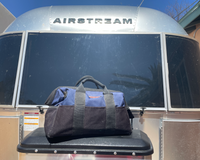
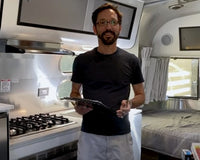
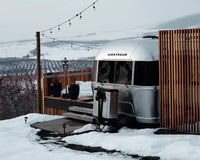
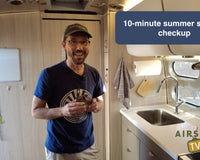
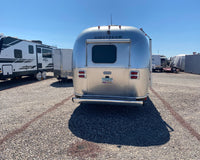
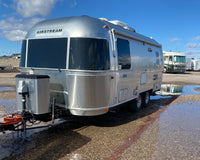


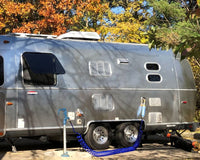

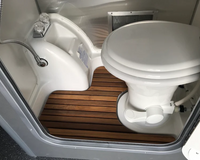

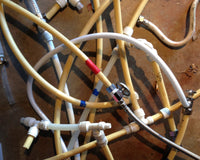
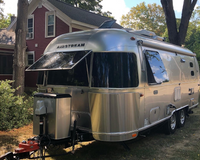
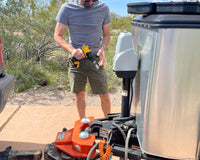
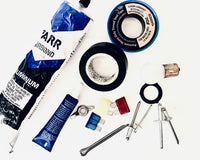
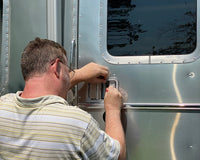
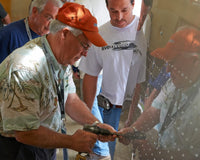
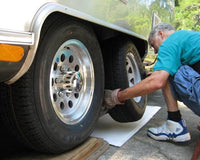
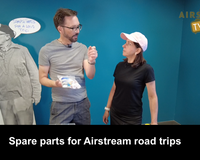
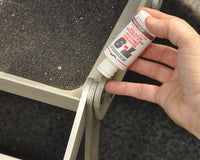
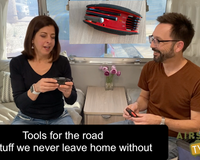
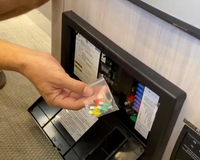
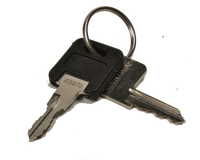
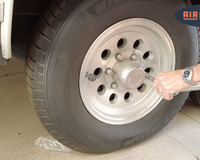
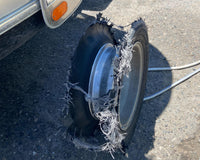
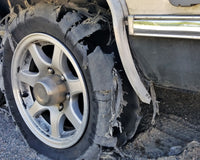
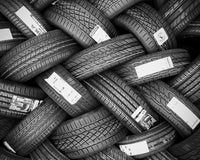
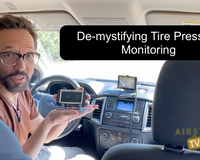
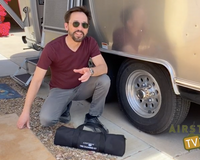

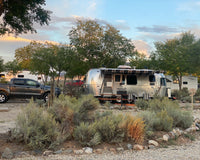
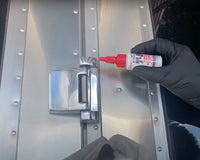

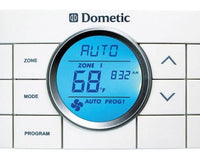
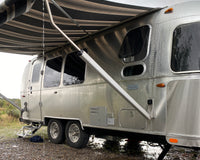
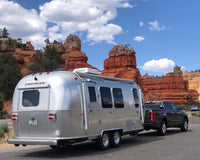
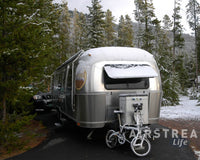
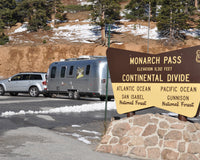
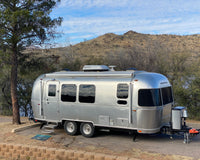
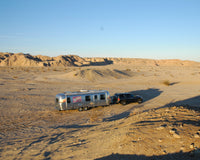
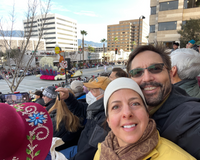
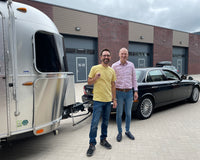
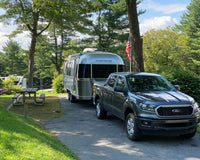
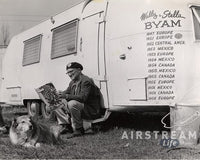
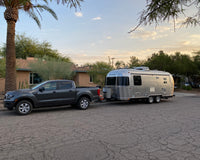
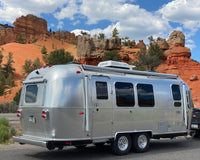
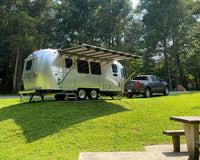
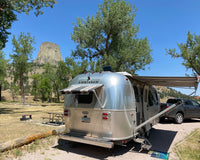
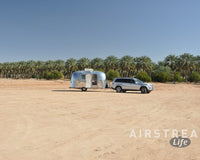
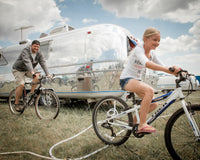

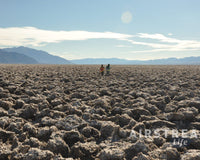
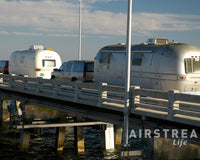
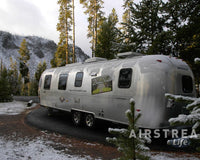
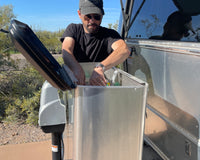
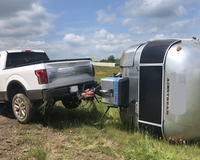


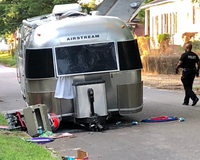
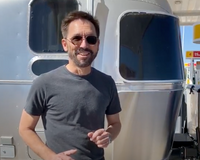
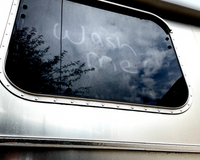
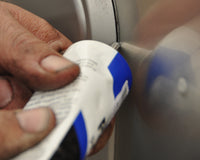
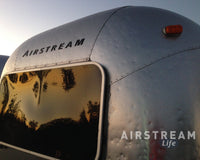
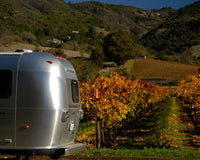
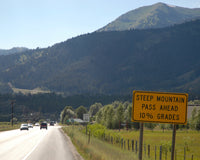
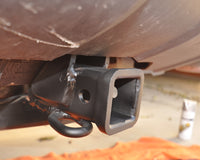
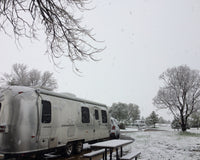
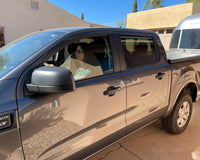
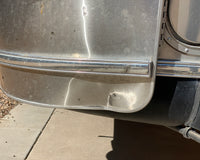
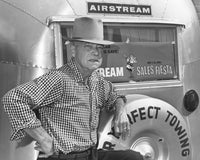
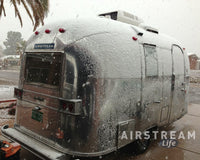
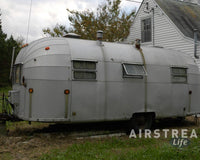
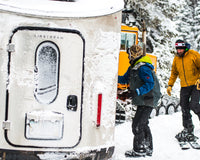
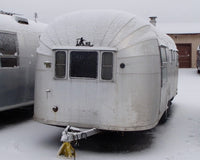
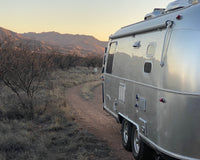
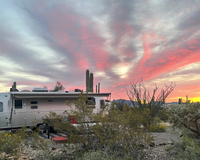
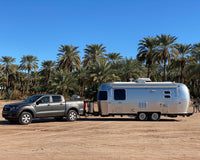

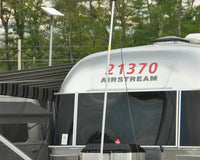
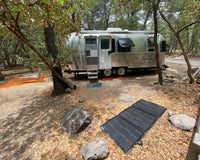
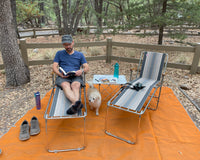


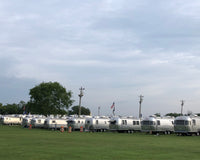
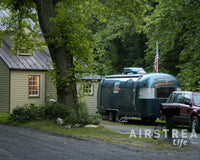
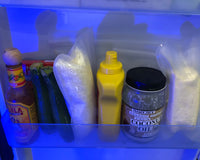
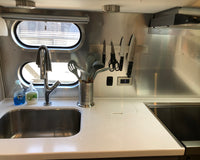
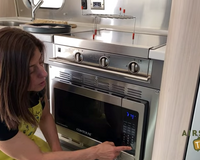
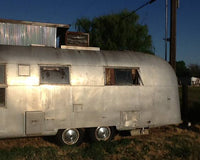
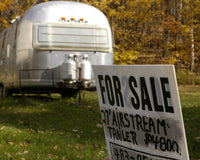
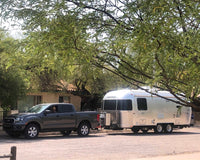
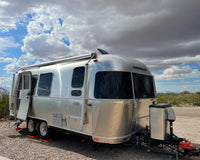
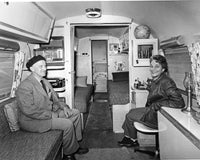
1 comment
Georgia
Great article! Every partner should learn how to tow and back the trailer! We’ve been rving for over 30 yrs, 20 of which I have been the primary “ backer upper” . I also do my share of towing. It gives me a great feeling of confidence to know that I can do it, especially if an emergency arises. Now if I can just get the steps to hitching and unhitching down I’ll be awesome 😊